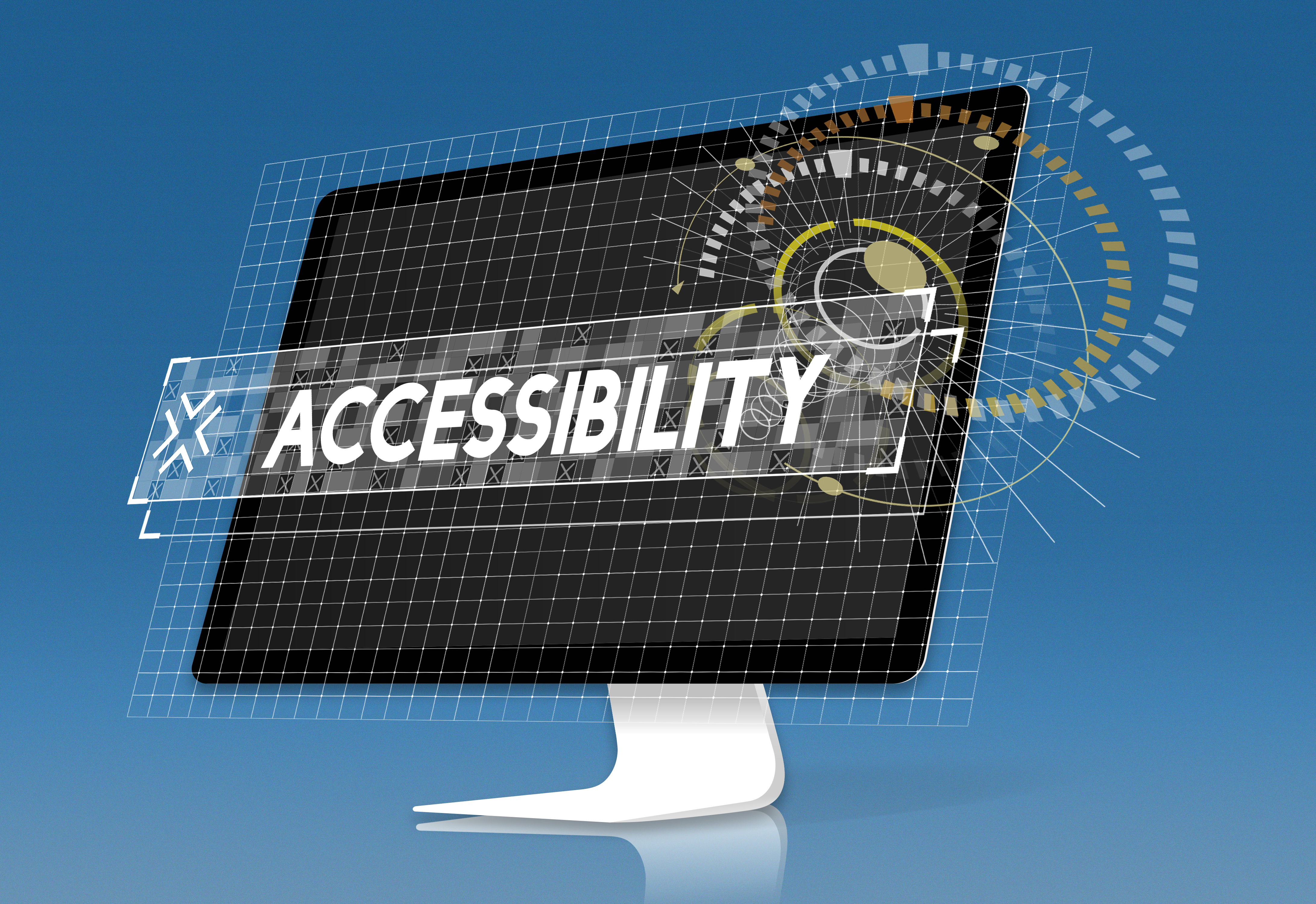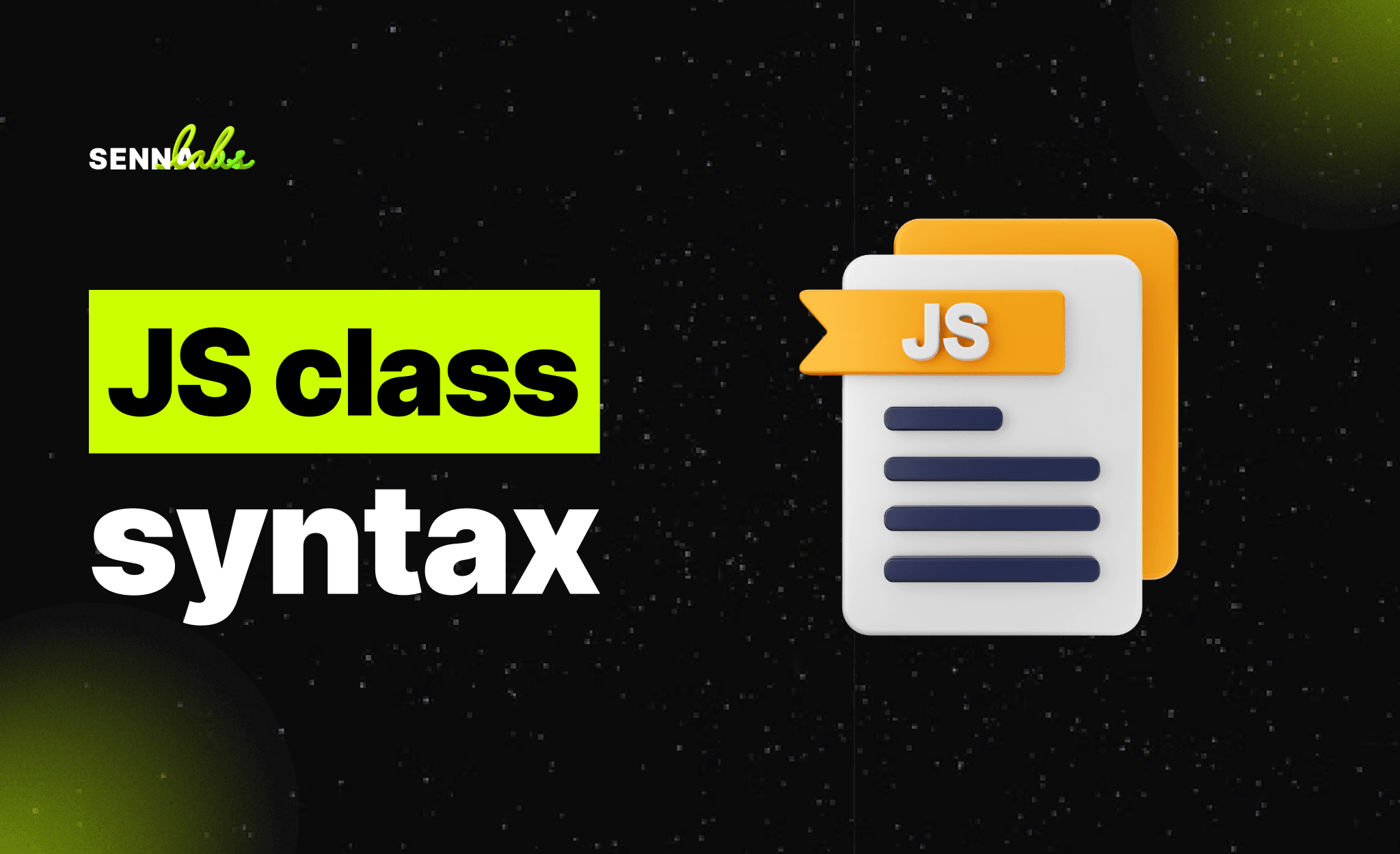Tools to Detect and Fix Website Accessibility Issues

Website accessibility isn’t just about good intentions—it’s about implementation. Even the most inclusive design ideas can fall short if your site contains technical barriers that prevent people with disabilities from navigating, reading, or interacting with your content. That’s where accessibility testing tools come in.
Fortunately, developers and designers don’t have to start from scratch. There are reliable, free tools that help identify accessibility issues—many of which can be integrated directly into development workflows. In this article, we’ll explore two of the most popular tools (WAVE and Axe), explain how to use them, and share a real-world case study from a software company that embedded accessibility testing into its launch process.

Why Accessibility Testing Is Essential
Despite following guidelines and best practices, accessibility issues can easily slip through:
-
Missing alt text for images
-
Incorrect heading hierarchy
-
Low contrast between text and background
-
Form fields without labels
-
Elements that can’t be navigated by keyboard
These issues can negatively affect users who rely on screen readers, have low vision, limited mobility, or cognitive impairments. Accessibility testing tools help you find these problems before users encounter them.
Two Powerful Free Tools: WAVE and Axe
1. WAVE (Web Accessibility Evaluation Tool)
Developed by WebAIM, WAVE is a browser-based tool that visually highlights accessibility issues on any webpage.
Key features:
-
Detects missing alt text, color contrast errors, heading issues, and ARIA misuse
-
Offers visual feedback directly on your live site
-
Provides summaries and detailed issue lists
-
Available as a Chrome and Firefox extension
How to use:
-
Install the WAVE browser extension
-
Visit any page on your site
-
Click the WAVE icon to instantly view accessibility annotations and a list of issues
-
Use the side panel to understand the severity and suggested fixes
WAVE is ideal for quick visual audits and early-stage design checks.
2. Axe by Deque Systems
Axe is an open-source accessibility engine that integrates with Chrome DevTools and development environments.
Key features:
-
Provides in-depth issue analysis with code-level recommendations
-
Integrates with automated testing frameworks (e.g., Jest, Selenium)
-
Identifies WCAG violations with clear documentation
-
Works well for developers and QA teams
How to use:
-
Install the Axe DevTools Chrome extension
-
Open Chrome DevTools and navigate to the Axe tab
-
Run an audit to get a categorized list of issues
-
Click on each issue to view HTML references and how to fix them
Axe is ideal for development teams looking to include accessibility in their QA process.
Practical Steps After Detection
Finding accessibility issues is only the first step. Fixing them effectively requires action:
-
Prioritize Critical Barriers: Address issues that block core functionality first—such as keyboard traps, inaccessible buttons, and unlabeled forms.
-
Collaborate Across Teams: Designers, developers, and content creators should work together to apply fixes and maintain consistency.
-
Test Regularly: Run accessibility checks after each major update or design change. Integrate tools like Axe into your CI/CD pipelines to catch issues early.
-
Include Manual Testing: Automated tools catch 30–50% of issues. Manual testing with keyboard-only navigation and screen readers fills the gap.
-
Consult the WCAG Guidelines: Use the Web Content Accessibility Guidelines (WCAG 2.1) as your reference for understanding issue severity and compliance levels.
Real Use Case: A Software Company’s Commitment to Accessibility
A growing software company with a SaaS product wanted to ensure that its platform could be used by a wide range of customers, including users with disabilities. Instead of waiting until the end of development, the team integrated accessibility testing from the beginning.
They implemented the following process:
-
Used WAVE for early-stage design reviews to catch contrast and structure issues
-
Integrated Axe into their QA process to automate audits on every build
-
Held monthly audits using both tools across their marketing and product sites
-
Trained developers on fixing common issues like missing labels and ARIA misuse
When the product launched, the company received positive feedback from users who relied on screen readers and keyboard navigation. They also reduced the number of support requests related to usability and improved overall user satisfaction across all audiences.
Final Thoughts
No website is perfectly accessible out of the box. But with the right tools and commitment, you can find and fix issues before they impact real users. Tools like WAVE and Axe make it easier to build a better, more inclusive web experience—without requiring extensive resources or specialized expertise.
Accessibility should be treated like performance or security: a non-negotiable aspect of good design and development. By making it part of your process, not just a final check, you ensure that your site serves everyone—regardless of how they access it.


Subscribe to follow product news, latest in technology, solutions, and updates
Other articles for you



Let’s build digital products that are simply awesome !
We will get back to you within 24 hours!Go to contact us Please tell us your ideas.
Please tell us your ideas.







